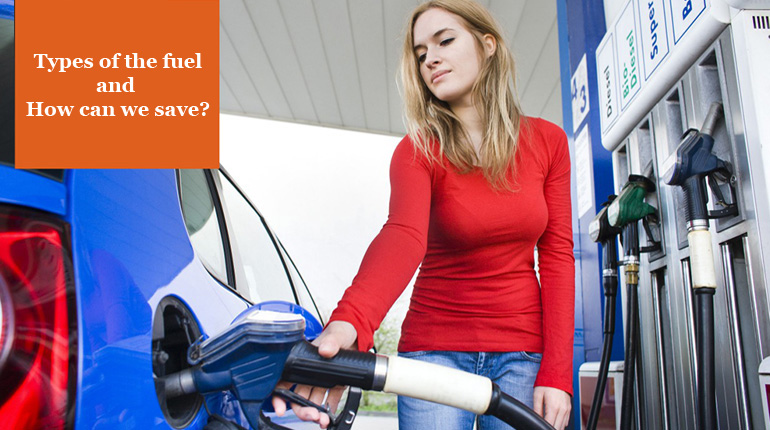Our scientists are busy in finding new energy sources that can help to run your vehicles fast and efficiently without harming the environment. Below are the types of fuel that we are using nowadays:
Different types of automobile fuel
Fossil Fuels
- It is a non-renewable resource such as oil and coal.
- Cheap to process
- Supplies are limited
Biodiesel
- Biodegradable fuel made out of the transformed vegetable, plant, or animal fat.
- Can be used in a regular diesel engine
Bioalcohols
- Biologically produced alcohols
- Made out of biomass from soybean grains, corn or sugarcane.
- It could be obtained from any plant material such as leaves, grasses, or woodchips.
Waste-Based Fuels
- Turning waste into cellulosic ethanol produces fuel.
- Can be turned into ultra-clean, low sulfur fuel and can be DIY’ed
Algae-Based Fuels
- There are up to 1 million different species of algae.
- Consume CO2 unlike other fuel components
- Can grow in harsh conditions
Solar Power
- The most unlimited source of energy that exists
- Small solar panels on the roof will charge the car on the road
- Produces 0 emissions
How to save fuel while driving a car, bus or truck?
As fuel prices continue to soar, it is no surprise that consumers are looking for some savings, for their wallets and the environment. Thinking about fuel economy is important, but that does not determine the most efficient automobile option available. CO2 emissions and air pollutants should also be taken into account. Save fuel by adopting an effective fuel strategy:
- Use vehicles according to your work demands.
- Stop unnecessary wondering.
- Do not drive in the rush hour.
- Purchase a car or bicycle that gives more mileage.
- Accelerate smoothly.
- Carry less weight or luggage.
- Use air-conditioning if required and drive during cooler parts of the day.
- Close the window when you are at high speed.
- Turn off the engine when you are on red lights
- Drive the speed limit.
- Use clutch and gear on right time
- Plan your route and use short cuts
- Check tire pressure regularly (at least once a month).
- Maintain your vehicle health and get your car serviced regularly
In the end, drive safe and save you and your environment!







